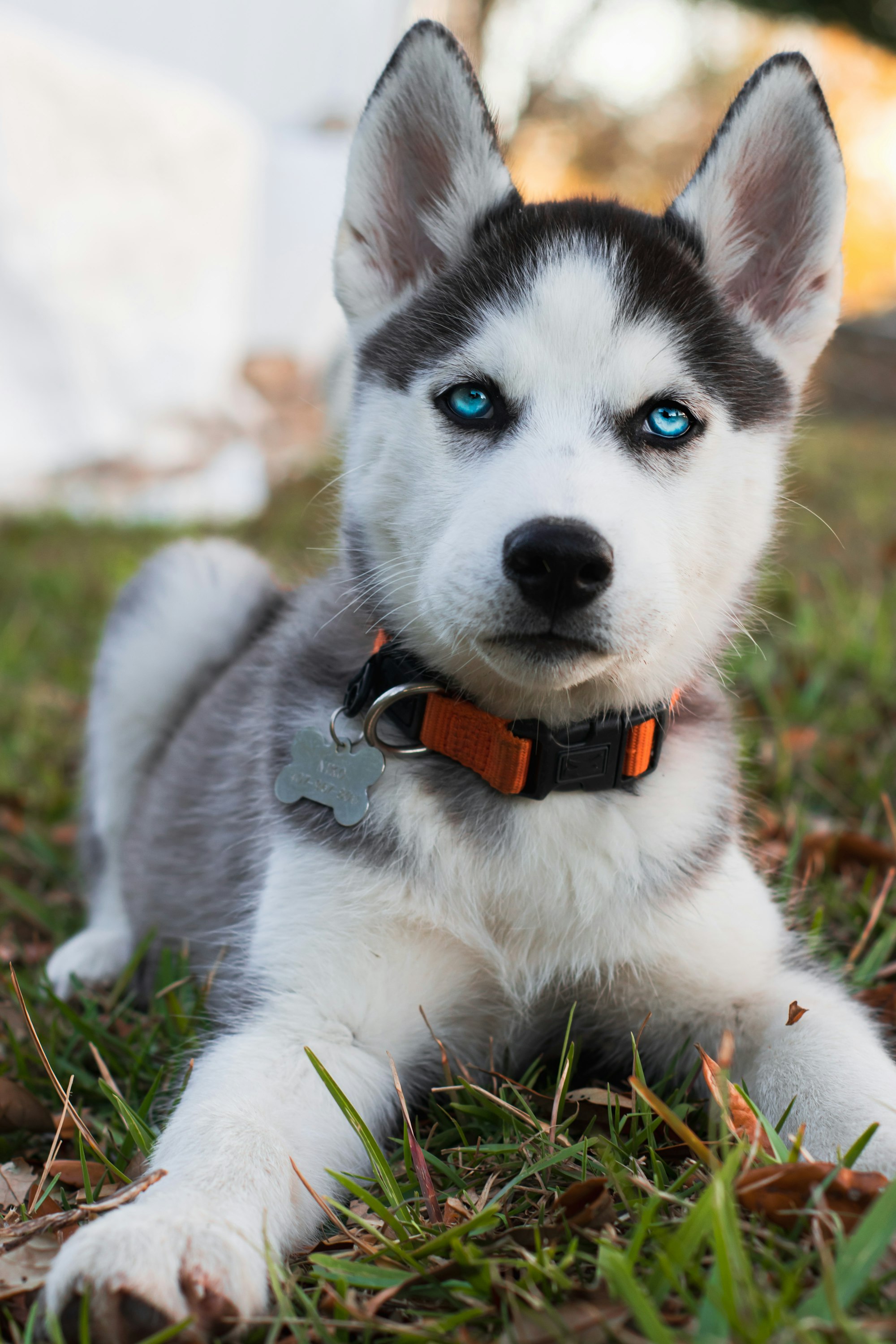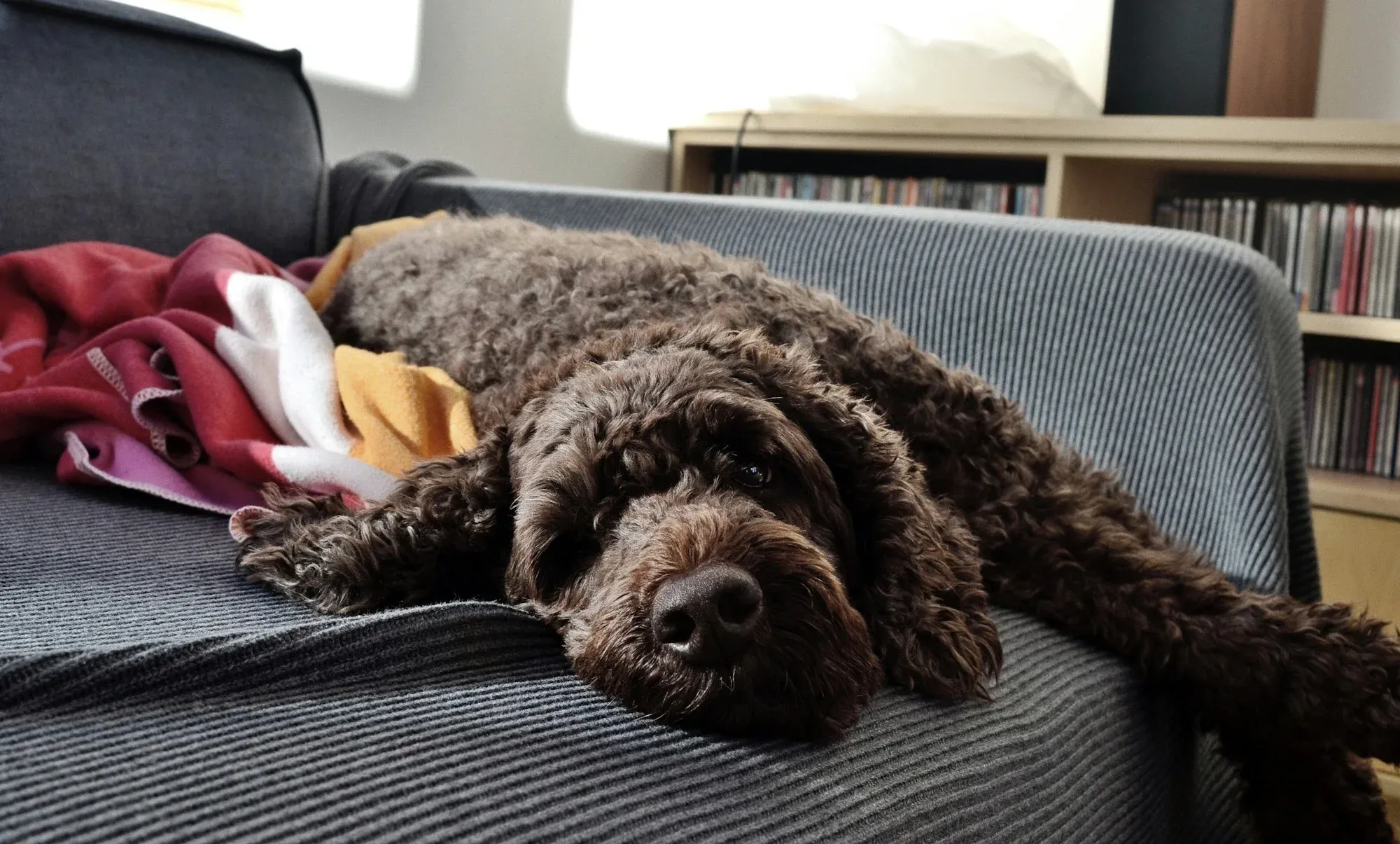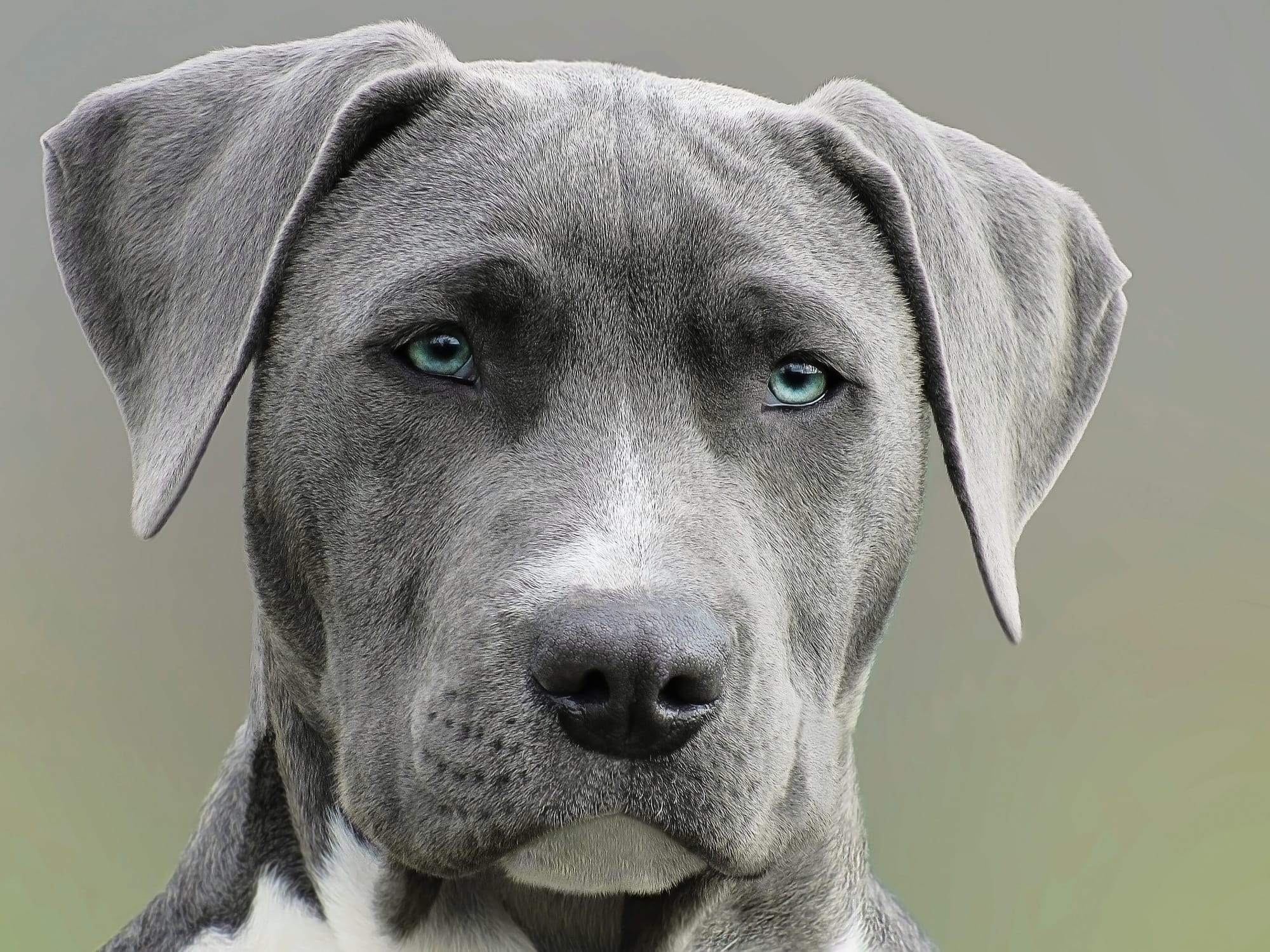Do you have a Husky at home? When the hot summer months come around, you may wonder whether these beautiful dogs need help to cool down; after all, they have such thick coats of fur. It's a common question among owners to ask if a shaved Husky is a happier Husky?!
This blog post will examine this question and the considerations involved with determining if shaving your Husky is an option. From discussing their unique coat to understanding what elements influence their temperature regulation, this guide will equip you with all the information needed to make an informed decision.
Secure Your Husky with the Fi Dog Collar and Save $20
Summer brings warmth and new adventures, especially for energetic breeds like Huskies. Ensure your Husky stays safe and monitored during this active season with the Fi Dog Collar. Use code HUSKY20 for $20 off and enjoy peace of mind with features like real-time GPS tracking and the geofence alert system via the Fi app. Whether at the park or in your backyard, you can always ensure they're safe and sound. Equip your Husky with the Fi Dog Collar for an added layer of security and freedom. Check out the details at TryFi.com.
Why Should You NEVER Shave a Husky?
Their double-layer coat actually regulates temperature during hot and cold weather, so it's advisable not to shave them. If you own a Husky, you should really think twice before bringing a razor to its thick, magnificent coat. By shaving off that protective layer, you are rendering your Husky unable to cope with temperature changes and potentially exposing them to illnesses associated with overheating or freezing.
Moreover, many people do not realize that the undercoat of a Husky also contains oils that moisturize their skin while naturally providing protection from fleas, ticks, and other parasites. When these oils are stripped away by means of shaving, the skin becomes more vulnerable and puts them at risk.
This applies to all huskies, including those with rare coat colors such as agouti or red huskies. It's important to recognize and respect the natural characteristics of the breed and to
In the following section, we'll discuss more reasons why you should never shave Huskies.
Shaving Your Husky Will Not Help It Cool Down
While it may seem logical to shave your Husky when the temperatures rise in summer, shaving your Husky will not help it cool down. The thick double coats of fur that Huskies naturally have will keep them warm during cold winter months and cool during hot summer days.
A furless Husky will not feel cooler. Instead, they have a few key methods to stay cool in the summer.
Firstly, their coat blocks direct sunlight, protecting their skin from heat and helping to regulate body temperature.
Panting is one of the most common ways that Huskies stay cool, with their mouths wide open and tongues lolling out so they can draw more air across the surface of their tongues and mouths to regulate their body temperature.
Also, Huskies do not sweat like us, but they do perspire to stay cool. Rather than sweating through their skin, they sweat through their paws, which regulates their body temperature better than any other means.
The Double Coat. What is the Anatomy of a Properly Groomed Husky Double Coat?
The thick double coat of Huskies is composed of a topcoat and an undercoat, and these two layers of fur work together to help regulate body temperature throughout the year.
When properly groomed, the Husky should have a uniform appearance with straight fur that lies close to the body. Luckily for owners, Huskies don't require more than weekly brushing in order to keep their coats clean and healthy.
When bathing a Husky, make sure to use pet shampoo specifically designed for its double coat; this will help maintain its natural oils. Regular grooming will also reduce the amount of shedding they leave around the house, making it much easier to keep your place looking spotless.

About the Husky Topcoat
A Husky dog's top coat of fluffy fur serves to insulate them from cold temperatures. This layer of fur is especially well-suited for extreme climates due to its unique waterproof properties, helping the Huskies stay snug and dry even in snow and rain. The outer coat typically consists of long, straight hair with smoother guard hairs that repel dirt, insects and parasites and help keep the elements off the undercoat and body.
About the Husky Undercoat
Beneath the long top coat are shorter strands of fur referred to as the undercoat. This layer of coat is tightly packed and is white in appearance. Much softer to the touch, this coat layer needs to be brushed out during the shedding season. If you part the coat on any Husky, you’ll be able to identify the difference between the two layers.
Every Husky is unique in appearance, and their coats will have slight differences.
How does it all work?
The top coat is made of longer, coarser hairs that protect the skin from direct sunlight and hold in the heat during colder months. The undercoat comprises shorter, softer hairs that trap cool air in summertime and warmer air in the wintertime.
In summer, the undercoat sheds, resulting in a thinner overall coat. As the weather cools down in fall, the undercoat will once again grow back thicker for winter protection. During this process, Huskies can be seen “blowing” their coats - shedding old fur from their bodies to make way for new growth. This dual-layer system ensures comfort throughout all seasons.
Managing Your Huskies Coat
One of the most important aspects of caring for a Husky is managing its coat. With the right care, you can keep a Husky’s coat looking healthy and gorgeous all year round. Let’s take a look at some tips for properly taking care of a Husky dog’s coat throughout the changing seasons.
To keep your Husky in tip-top shape during the winter, it's essential to take extra care of its coat. Be sure to maintain a regular brushing routine during this time. This will help remove dirt and dead hair from its coat while spreading natural oils that will protect its skin from harsh temperatures.
When they need a wash, use a moisturizing pet shampoo or conditioner to protect their coat. Huskies only require a bath once every 3 or 4 months; they are naturally hygienic dogs, so regular bathing is unnecessary. Make sure you dry them thoroughly with a hair dryer after each bath to ensure their coats are fully dry; damp coats can mat easily.
As it starts getting warmer outside and days become longer, the shedding process begins for most Huskies - even those with shorter coats. Regularly brushing your pup with a slicker brush or de-shedding tool will help remove any shed undercoat as well as maintain its fur.
Pay close attention to areas such as their eyes and ears, where mats can form quickly. Regularly checking these areas when grooming is key.
Also, getting your kids involved in the grooming and bathing process of your husky can be a fun and educational experience for them, as they learn about responsibility and the importance of caring for their pet. It can also strengthen the bond between your family and your husky, as they become more comfortable with each other and build trust.

Can You Shave Other Breeds of Dogs?
If you're a pet owner, you may wonder if shaving your dog is okay. After all, many dogs have long fur that can become matted or shed in the summer months. The answer is, ideally, no, but it is complicated and depends on the breed of dog and your individual circumstances. So let's break it down in more detail.
Generally, it's best to avoid shaving all breeds of dogs because their coats help keep them cool in hot weather and provide insulation from cold temperatures. Just like the Husky, if coats are shaved, they may not be able to regulate their body temperature as effectively, which could cause health problems.
Even shaving a single-coat breed can damage their fur and leave them vulnerable to sunburn or other skin irritations. That said, there are exceptional circumstances where it might be necessary to shave a dog, such as if they need surgery or if its fur has become severely matted or tangled due to neglect or injury. In these cases, it's best to consult a professional groomer who can safely remove the excess fur without damaging the coat or skin of your pet.

Conclusion
Taking proper care of your Husky's coat all year round requires dedication and patience. However, with regular maintenance, you'll find that following up on their grooming needs is much easier than you might think. Not only will this keep your Husky looking great, but it will also mean your Husky is happy and healthy.
For more helpful articles about pet-parenting tips, check out the Off Leash blog at TryFi.com.
Want to know more about TryFi.com? The Fi Dog Collar is a GPS tracking collar that not only keeps track of your dog’s location, activity levels, and sleep patterns, but it also alerts you if your dog escapes your backyard. This is the fastest way to find your dog after an escape. Try the Fi Dog Collar today!

